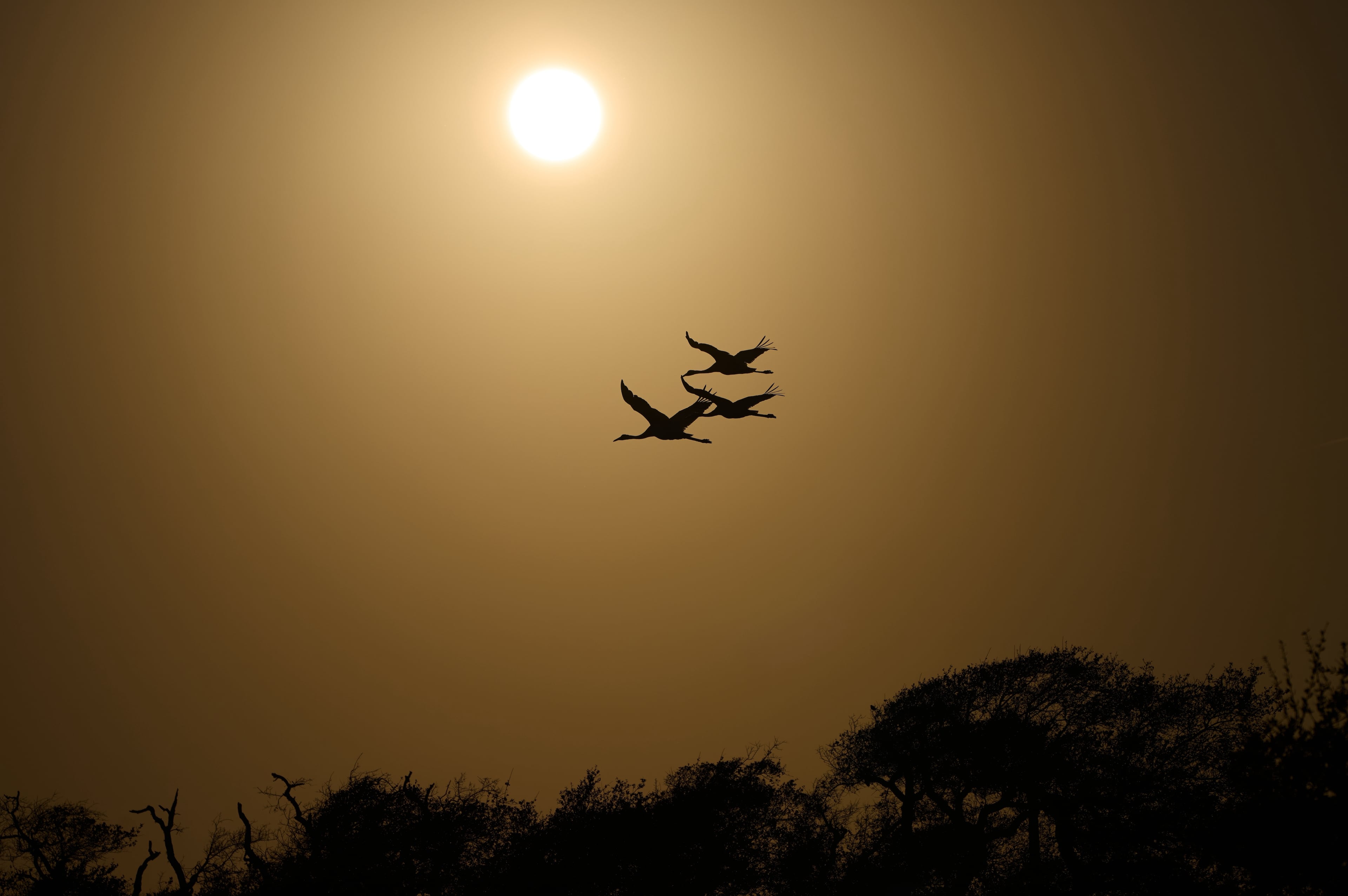Squirrels get ready for winter with new nests

From my kitchen window in Decatur earlier this week, I saw a gray squirrel with a wad of dead leaves and twigs in its mouth scamper up a white oak in the backyard.
I assumed the mouthful of material was for building a new “leaf nest” or shoring up an old one. I couldn’t see the site of the future nest, but a typical leaf nest, or drey, I know, is usually built between strong tree branches about 20-30 feet off the ground.
Squirrels also will nest in hardwood tree cavities when available — and sometimes in the attics of houses, which can make the animals nuisances to homeowners. But the most common and most visible shelters are the leaf nests — ball-shaped masses 1 to 2 feet wide, made of leaves, twigs, mosses, grass and shredded bark.
Eastern gray squirrels are nearly ubiquitous in Georgia, in both urban and rural areas. Their nest-building may take place year-round, but November is an especially busy time for the activity; the weather is getting colder and the creatures need to ensure a warm, cozy shelter for winter.
Whether male or female, squirrels usually build nests individually but then might share nests with others during cold winter nights to stay warm. Males and females also might temporarily nest together to mate.
To build a leaf nest, a squirrel starts by loosely weaving a platform of twigs, then adding soft materials like moss and leaves for insulation, and finally building a stronger outer shell by weaving in more leaves and twigs. The animal uses its mouth, paws, head and body to push and shape the nest — which is completed in about a day.
Mother squirrels, however, build substantially stronger, softer and more predator-resistant “maternity nests” to raise their babies. Georgia’s gray squirrels have two mating seasons per year — June to July and December to January. A typical litter consists of two or three babies born 45 days after the parents mate.
IN THE SKY: From David Dundee, retired Tellus Science Museum astronomer: The North Taurid meteor shower will peak at about 15 meteors per hour Tuesday night — in the east after dark. The moon will be last quarter on Tuesday night. Mercury is low in the east before sunrise. Jupiter rises in the east just after dark and will appear near the moon Sunday night. Saturn is high in the south just after dark. Venus and Mars are not easily visible now.
Charles Seabrook can be reached at charles.seabrook@yahoo.com.

